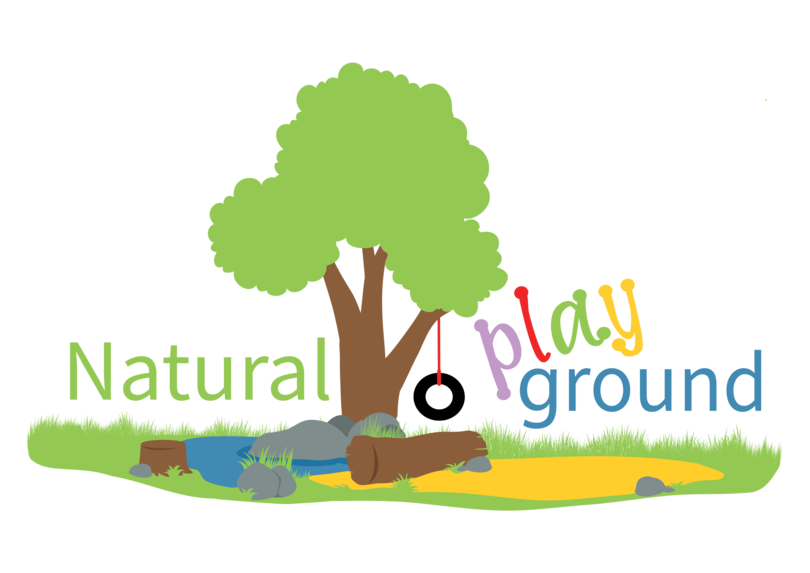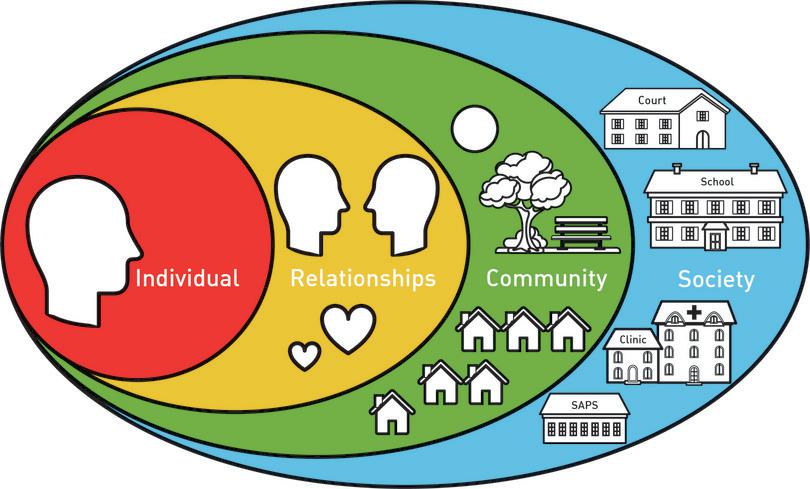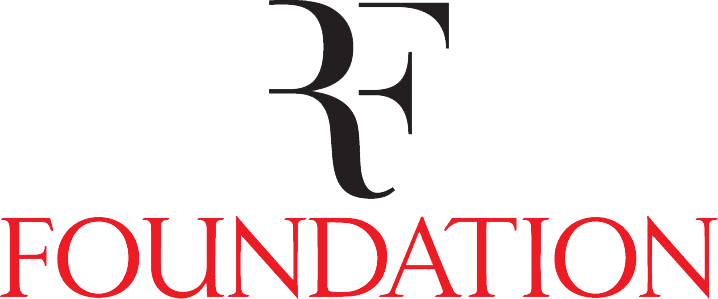Section 2 Engage
Involving the community
Community members are experts on what is happening in their surrounding area.
Communities are not just groups of people who stay in the same area; they are also a group with a common interest. Community members are in the best position to identify and understand the problems and needs of their community. They can bring in different cultures and habits. The more diverse the people you involve, the more ideas, perspectives, and resourcesResources A supply of money, materials, staff, volunteers, and other assets that can be used by the project to effectively achieve its aims. will become available to your project.
A few examples to consider are listed below:
Parents and children can contribute with labour, assist with funding, and help mobilise the community. Children have great ideas and fantasies for their dream natural playgroundNatural Playground An area where kids can play with natural elements such as sand, water, wood, and living plants..
Community members can serve on committees, give and collect information, participate in surveys, participate on task teams, distribute flyers, promote the project, and help with some of the planned activities.
Social workers and members of the Department of Social Development can help you understand the developmental and play needs of children.
Community-based organisations (CBOs and NGOs) can advise on strategies, help facilitate meetings, share experience and expertise, serve on committees, help implement plans, help you identify service providers and existing projects. For example, organisations or facilities for people with disabilities can give their views on developing playgrounds that are inclusive and accessible.
Businesses can assist with products and services, serve on planning committees, and can benefit by displaying their marketing material in the playground or at community events.
Faith-based organisations and churches can provide insights into the community, act as mentors, and offer support and volunteers.
Schools can provide spaces for meetings, workshops or events, allow talks at the school, put up posters, and encourage teachers to participate.
Local radio and media can assist in promoting and supporting events by creating awareness and helping you communicate with the public.
Clinics can assist with the input on the health and nutritional needs of children when active.
Philanthropists are individuals in a community who are willing to invest in the growth of its members. These individuals can offer ideas and financial assistance.
How to handle community participation
We are often tempted to go ahead and do the work on a project ourselves because it can be so much faster. Getting everyone to work together takes a little more effort at the start – it may even be slower – but the more we involve people in our projects, the better the results and impact will be. The community will have a stake or interest in the playground and each community member will bring their influence, expertise, and resources to the table to build something far greater than each individual could have done on their own. And finally, by including others, they will be empowered to create similar projects.
To increase the level of community participation in your project, work through the four phases below, using the goals, messages, and tools as a guide for each phase.
| Inform | Consult | Involve | Collaborate | |
|---|---|---|---|---|
| Goals | To give the community helpful information. | To gather the opinion of the community on the problem and possible solutions. | To work with the community to make sure that their views are considered and understood. | To partner with the community to assess the problem and develop solutions. |
| Messages | We will keep you informed. | We will keep you informed, acknowledge your concerns, and give you feedback on decisions. | We will work with you and the results will reflect how your input influenced decisions. | We will get advice and community-specific solutions from you and implement them with your help. |
| Tools | Fact sheets, posters, websites, radio talks | Focus groups, surveys, the public | Workshops | Participatory workshopsParticipatory Workshop An interactive workshop that involves participants working together towards a particular objective. It uses tools that stimulate creativity through working together and applying participants’ experiences and expertise., task team membership |
How to increase the level of community participation
Figure 14 How to increase the level of community participation
Inspired by the Engagement Continuum of the International Association for Public Participation
Facilitating community meetings
Get the right people
Before you approach potential partnersStakeholders (Partners) People who have an interest in realising the project in favour of the children., make sure that you are clear on exactly what you are doing and what you want them to do. Consider writing your request in a short letter to take with you; it will show potential partners that the project is organised and professional. ‘Sell’ the project to potential partners by helping them understand what the need is in the community, what your plans are, how they will be addressed, and the benefits of partnering. Be specific and clear on what exactly it is you want them to do.
Preparation for the meeting
Invite participants with a letter that includes a summary of your idea, and the date, time, length, and location of the meeting. Select a meeting place and familiarise yourself with it beforehand. The ideal meeting place is easily accessible, has refreshments, toilet facilities, and enough space to comfortably accommodate all participants. Once you have decided on your facilitation methods, check that you have all the equipment required, such as pens and paper. The most important tool is you! See that you are neatly dressed and groomed, use movement wisely, and engage your audience with gestures and facial expressions.
Use facilitation methods that require active participation
Activities should be participant‐centred and participatory, such as group discussions and exercises. You should encourage participants to provide feedback. Divide the presentation of information into shorter, mini lectures and not one long session. Provide paper and pen for note taking and exercises and provide participants with the relevant materials to facilitate group discussions.
Brainstorm
A brainstorm is a rapid‐fire, creative thinking tool used to generate ideas. It is based on a session of uncensored thinking and problem-solving where no one criticises another’s ideas. It is often used to generate ideas for a novel. You can do it with sticky notes or list all ideas on a flipchart.
Facilitator’s role
- Focus the group on the set agenda.
- Protect group members from personal attack.
- Remain non‐defensive and accept feedback.
During the meeting
Arrive early to allow time to set up the room and make last minute preparations. Introduce yourself to the group and briefly outline the aim of the meeting and the agenda. Follow the agenda and designated time frames as far as possible. Avoid exceeding the allocated time. Provide clear instructions and time frames for activities. Demonstrate your knowledge and enthusiasm for the subject matter. Sessions lasting for two or more hours should include a formal break. After the meeting, thank participants and summarise key points in a written report.
Icebreakers and energisers
An icebreaker is any activity at the beginning of the meeting that is designed to get people to know each other better, so that they can work together more effectively. Energisers are games that are used when you notice the energy levels of the group getting low. They usually involve physical movement.
Splitting in small groups
When you want everyone to participate, splitting a big group into smaller groups might be a good idea. Each smaller group either has the same task or different tasks. You will see that you will get a lot done in a short time and it is a good way to discuss values and beliefs or take a vote where necessary.
Create a supportive environment
- Call group members by name.
- Each person’s questions and viewpoints should be heard.
- Be courteous and patient and do not ridicule or belittle people.
- Be encouraging and affirm effort and progress.
- Ensure that participants are comfortable.




